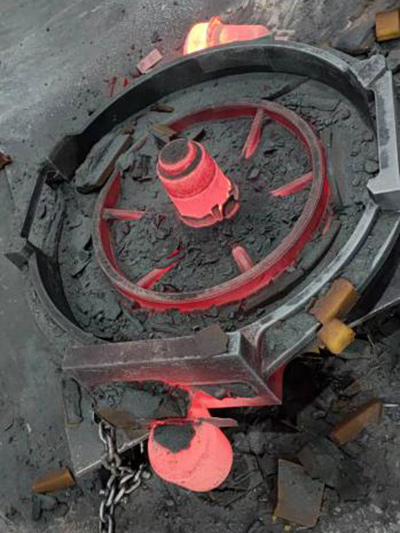The Role of Resin-Coated Frac Sand in Hydraulic Fracturing
In the expansive world of oil and gas extraction, the exploitation of shale formations through hydraulic fracturing, or fracking, has revolutionized the industry. At the heart of this process lies a critical component frac sand. More specifically, resin-coated frac sand has gained significant attention due to its unique properties and advantages over traditional frac sand.
Understanding Frac Sand
Frac sand is a high-purity quartz sand that is specifically used in the fracking process to prop open cracks created in the subterranean rock formations. This allows for the flow of oil and gas, enhancing production rates. The physical characteristics of frac sand, including its size, shape, and crush resistance, are vital to its effectiveness. However, traditional frac sand has limitations, particularly when it comes to its performance in varying conditions.
The Emergence of Resin-Coated Frac Sand
Resin-coated frac sand is produced by coating raw frac sand grains with a specialized resin. This coating process enhances the sand's properties, making it more effective in supporting the fractures created during hydraulic stimulation. The resin serves to bind the sand particles together, reducing the amount of fines that can create problems during the fracking process. This innovation addresses some of the limitations associated with traditional frac sand and offers several notable advantages.
Enhanced Performance Characteristics
One of the most significant benefits of resin-coated frac sand is its improved conductivity. The resin coating minimizes the chances of producing fines, which can clog the fractures and reduce the flow of oil and gas. By ensuring that the sand particles stay intact and maintain their shape, resin-coated sand allows for a more efficient flow path for hydrocarbons, ultimately leading to higher production rates.
resin coated frac sand

Additionally, resin-coated frac sand exhibits better crush resistance compared to uncoated sands. This is particularly important in wells that are subjected to high-pressure conditions, as it ensures that the sand remains intact and functional over time. High crush resistance means that the sand will not break down easily under pressure, which is crucial for maintaining proppant effectiveness.
Improved Recoveries and Cost-Effectiveness
The use of resin-coated frac sand can also lead to improved recovery rates of hydrocarbons. By enhancing the permeability of the fractured rock and reducing the potential for sand migration, operators can achieve better well performance. This effectively translates to higher production and revenues over the life of the well.
Although resin-coated frac sand can be more expensive initially compared to traditional options, its efficiency often offsets the higher costs. With better recovery rates and reduced operational challenges, many operators find that investing in resin-coated frac sand is cost-effective in the long run.
Environmental Considerations
As the oil and gas industry faces increasing scrutiny regarding its environmental impact, the use of resin-coated frac sand also presents some sustainability advantages. The improved efficiency and better recovery rates can potentially lead to fewer wells being drilled to achieve the same output, which could reduce the overall environmental footprint associated with drilling and extraction activities. Furthermore, advancements in the development of more environmentally friendly resins are paving the way for even greener alternatives in the future.
Conclusion
In summary, resin-coated frac sand plays a pivotal role in the evolving landscape of hydraulic fracturing. By enhancing the performance characteristics of traditional frac sand, it provides operators with a powerful tool to maximize hydrocarbon recovery while addressing some of the environmental concerns associated with the industry. As technology continues to advance, resin-coated frac sand will likely become an even more integral part of the fracking process, ensuring that the industry can meet its growing energy demands effectively and responsibly.
Post time:pro . 12, 2024 09:37
Next:sand for casting
